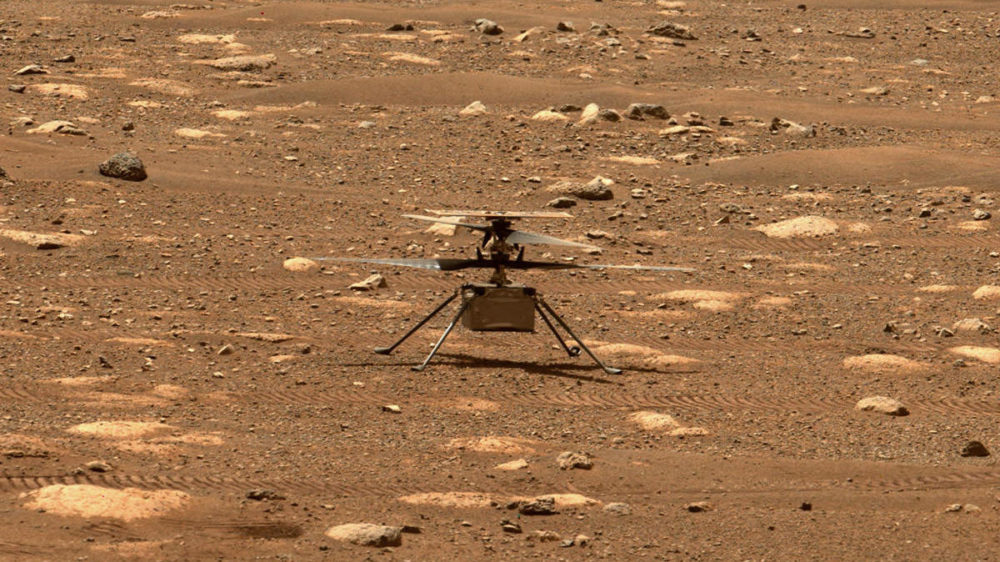–
Image: NASA / JPL-Caltech / ASU
–
NASA’s Ingenuity helicopter will make its first flight attempt on the red planet early next Wednesday (14), and you will be able to watch it live while the space agency team monitors what promises to be a historic test. The flight was originally scheduled for this Monday (12), but needed be postponed due to changes in vehicle control.
This promises to be the first time that a helicopter will fly over the skies of another planet than Earth. The broadcast can be viewed via NASA’s YouTube channel, in addition to the agency’s channels on Facebook and possibly not Twitter.
It is important to note that the current schedule is subject to change “as engineers work on deployments, pre-flight checks and positioning of Perseverance and Ingenuity vehicles”, according to NASA. Schedule updates can be monitored on the page Watch Online of the helicopter.
According to engineer MiMi Aung, manager of the Ingenuity project, NASA’s Jet Propulsion Laboratory (JPL) team will also assess the wind speed at the Octavia Butler landing site and the amount of energy available in Ingenuity for your flight.
Amelia Quon, testing engineer for the Ingenuity chamber, said the helicopter was tested in a wide range of possible wind conditions, but there was no perfect way to simulate conditions on Mars. During tests on Earth, a prototype was exposed to winds that blew between 10 to 11 m / s, which must be stronger than expected inside the Jezero crater.
The Perseverance rover, after uplinking the helicopter, will transmit the results of the flight test to an orbiter, which in turn will relay the data back to the mission controllers on Earth. Tim Canham, operations leader at Ingenuity at JPL, said we should expect 40 seconds of data, as this is the expected duration of the inaugural test flight.
Ingenuity is equipped with a face-down camera that will take pictures during the flight. The team expects to receive grainy black and white images initially, followed by high-resolution images in the coming days. Taking images 30 times a second, the camera, in addition to recording the flight, will also serve as a kind of altimeter and help mission planners locate the helicopter’s landing area.
On Martian soil, the Perseverance rover, in turn, will attempt to capture images of the Ingenuity test flight. Elsa Jensen, leader of uplink operations at Mastcam-Z (the camera used by the vehicle), warned that the images may not be good, since nothing like this has been tried before and there will certainly be surprises. Interestingly, Canham said that Perseverance’s microphones can be used to capture the sounds of Ingenuity in flight during subsequent tests.



:quality(80)/cdn-kiosk-api.telegraaf.nl/f13d18b4-9bc1-11eb-a2dc-0255c322e81b.jpg)